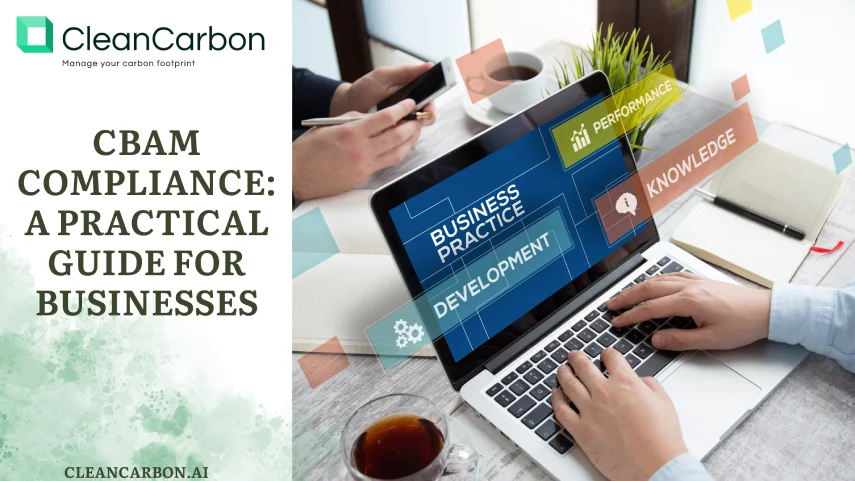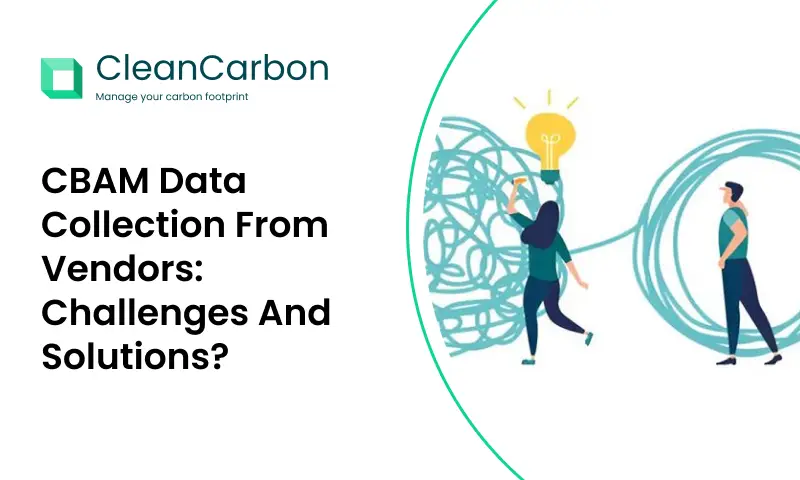Is your business ready for CBAM?
The Carbon Border Adjustment Mechanism (CBAM) is set to significantly impact businesses importing certain goods into the EU. Understanding and complying with these regulations is crucial to avoid financial penalties and maintain market access.
Here's a step-by-step guide to CBAM compliance:
- Determine if your business is affected: Identify if your products fall under the scope of CBAM. The regulation covers sectors like iron and steel, cement, fertilizers, aluminum, and electricity.
- Understand the CBAM mechanism: Familiarize yourself with the CBAM’s core principles, including the calculation of carbon price, authorization, reporting, and auctioning of permits.
- Conduct a carbon footprint assessment: Calculate your product’s embedded emissions to understand your carbon exposure. This involves a thorough analysis of your value chain.
- Implement carbon accounting: Establish a robust carbon accounting system to track and verify emissions data accurately.
- Engage with suppliers: Collaborate with your suppliers to ensure they have the necessary data on embedded emissions.
- Comply with reporting requirements: Prepare for the submission of CBAM declarations and reports to the EU authorities.
- Monitor and adapt: Stay updated on CBAM developments and adjust your compliance strategy accordingly.
Why is carbon accounting and verification crucial?
Accurate carbon accounting is the cornerstone of CBAM compliance. It provides the necessary data for calculating the carbon price and submitting reports. Verification ensures the reliability and credibility of your carbon footprint, building trust with customers and regulators.
Resources and tools:
- EU CBAM website: Official source of information and regulations.
- Industry associations: Seek guidance and support from relevant industry bodies.
- Carbon footprint calculators: Utilize tools to estimate your product’s carbon emissions.
- Carbon accounting software: Invest in specialized software for efficient data management.
- Consultants: Engage experts to navigate the complexities of CBAM compliance.
By following these steps and leveraging available resources, businesses can effectively manage CBAM compliance and even turn it into an opportunity for sustainable growth.
Are you prepared for CBAM? Let’s discuss how we can help your business navigate this new regulatory landscape.






